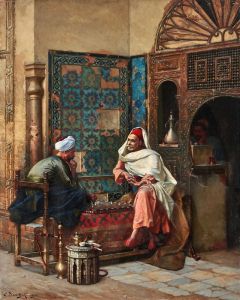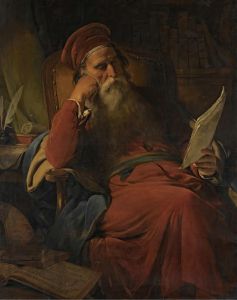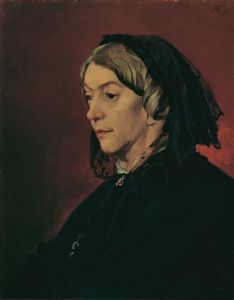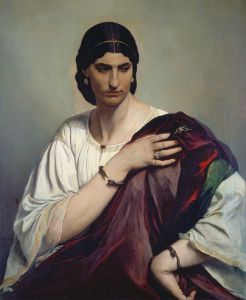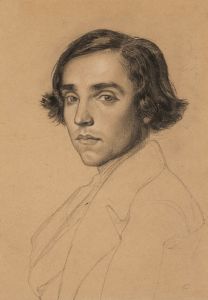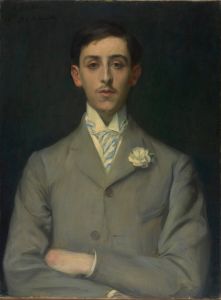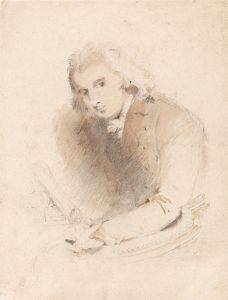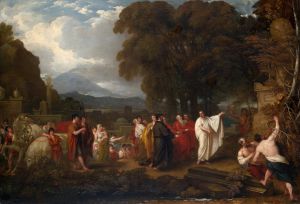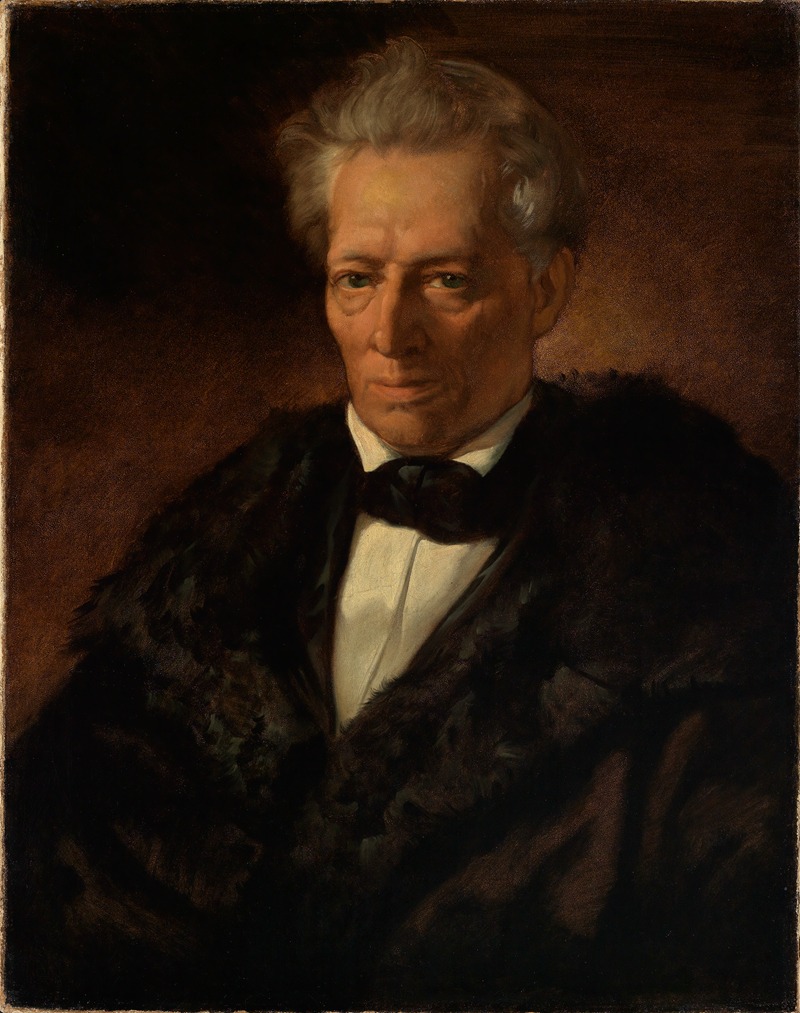
Bildnis Professor Karl Theodor Welcker
A hand-painted replica of Anselm Feuerbach’s masterpiece Bildnis Professor Karl Theodor Welcker, meticulously crafted by professional artists to capture the true essence of the original. Each piece is created with museum-quality canvas and rare mineral pigments, carefully painted by experienced artists with delicate brushstrokes and rich, layered colors to perfectly recreate the texture of the original artwork. Unlike machine-printed reproductions, this hand-painted version brings the painting to life, infused with the artist’s emotions and skill in every stroke. Whether for personal collection or home decoration, it instantly elevates the artistic atmosphere of any space.
Anselm Feuerbach, a prominent German painter of the 19th century, is known for his classical style and historical subjects. One of his notable works is the portrait titled "Bildnis Professor Karl Theodor Welcker." This painting is a significant example of Feuerbach's portraiture, showcasing his ability to capture the essence and character of his subjects.
Karl Theodor Welcker was a distinguished German legal scholar, politician, and a prominent figure in the liberal movement of the 19th century. Born on March 29, 1790, in Ober-Ofleiden, Hesse, Welcker played a crucial role in the development of constitutional law in Germany. He was a professor of law and a member of the Frankfurt Parliament, contributing significantly to the political discourse of his time.
Feuerbach's portrait of Welcker is believed to have been created during the period when the artist was gaining recognition for his work in portraiture. Feuerbach, born on September 12, 1829, in Speyer, Germany, was the son of the archaeologist Joseph Anselm Feuerbach. He studied at various art academies, including those in Düsseldorf, Munich, and Paris, where he was influenced by the works of the Old Masters and the emerging Romantic movement.
The painting "Bildnis Professor Karl Theodor Welcker" is characterized by its classical composition and attention to detail. Feuerbach's use of light and shadow, as well as his meticulous rendering of textures, reflects his academic training and his admiration for Renaissance art. The portrait captures Welcker in a dignified pose, emphasizing his intellectual presence and his contributions to German society.
Feuerbach's approach to portraiture was deeply influenced by his studies in Italy, where he spent several years absorbing the techniques of the Renaissance masters. This influence is evident in the way he portrays Welcker, with a focus on realism and an emphasis on the subject's inner character. The painting is not just a representation of Welcker's physical appearance but also an exploration of his personality and achievements.
Throughout his career, Feuerbach was known for his ability to blend classical themes with contemporary subjects, and this portrait is no exception. By choosing to paint Welcker, Feuerbach not only honored a significant figure of his time but also engaged with the intellectual and political currents that were shaping Germany in the 19th century.
The portrait of Karl Theodor Welcker is part of Feuerbach's broader oeuvre, which includes historical and mythological themes. His work is celebrated for its technical skill and its ability to convey the complexities of human emotion and thought. Feuerbach's legacy as an artist is marked by his contributions to the development of German art during a period of significant cultural and political change.
In summary, "Bildnis Professor Karl Theodor Welcker" by Anselm Feuerbach is a testament to the artist's skill in portraiture and his engagement with the intellectual life of his time. The painting remains an important piece in the study of 19th-century German art, reflecting both the personal achievements of Welcker and the broader cultural movements of the era.





